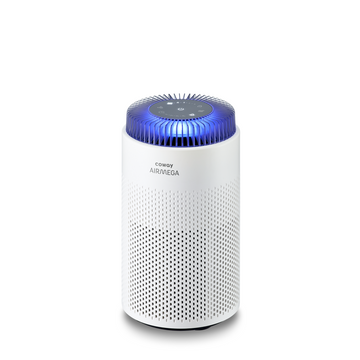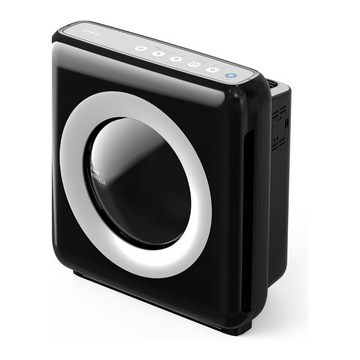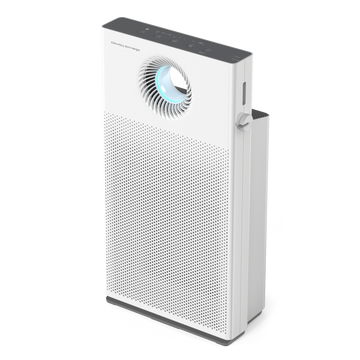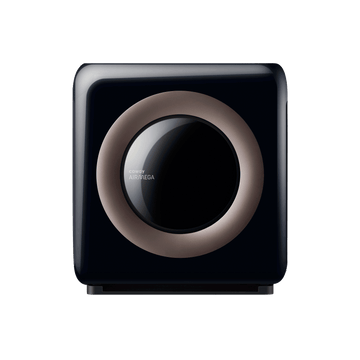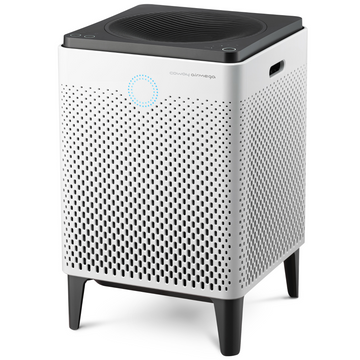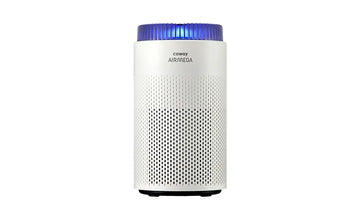Spring unfolds with vibrant landscapes, blooming flowers, and, for many of us, a wave of unwelcome allergens. Pollen, mould spores, and dust mites proliferate in the air, triggering bothersome symptoms such as sneezing, itchy eyes, and runny noses.
While retreating indoors might seem like the perfect solution, it's not always practical. Fortunately, by taking proactive steps to improve indoor air quality and minimise allergy triggers within our homes, we can still enjoy the beauty of spring without compromising our well-being.
Understanding Your Triggers
Let’s take a look at some of the common allergens that cause a runny nose and throat tickle.
1. Tree Pollen
Produced by flowering trees, this pollen causes allergy symptoms such as sneezing, itchy eyes, and runny nose, especially prevalent in spring and early summer.
2. Grass Pollen
Released by various grasses, its levels peak in late spring and summer, causing similar allergy symptoms as tree pollen.
3. Mould Spores
Microscopic reproductive units of fungi, these spores thrive in damp and humid places, both indoors and outdoors. Inhaling them can trigger respiratory problems like coughing and wheezing.
4. Dust Mites
Microscopic creatures that feed on dead skin flakes and thrive in warm, humid environments are commonly found in bedding and upholstered furniture. Exposure to dust mites can cause itchy eyes, runny nose, and congestion.

Creating an Allergy-Friendly Indoor Sanctuary
Maintaining good indoor air quality is essential for allergy sufferers. Here are some effective strategies to create a haven within your home:
1. Change HVAC Filters Regularly
Replace air filters according to the manufacturer's recommendations to capture allergens before they circulate throughout your home.
2. Wash Bedding Weekly
Hot water (at least 60°C) kills dust mites and removes allergens trapped in bedding.
3. Vacuum Frequently
Use a vacuum cleaner equipped with a HEPA filter to capture dust mites, pet dander, and other allergens from carpets, furniture, and upholstery. Consider vacuuming daily during peak allergy season.
4. Invest in an Air Purifier
Coway's Airmega air purifiers feature a 99.999% effective Green True HEPA filter that removes airborne allergens, dust, and mould spores, creating a cleaner and healthier breathing environment. These air purifiers can significantly reduce your exposure to indoor allergens, alleviating allergy symptoms.
5. Perform Regular Cleaning
Regularly clean surfaces with a damp cloth to trap and remove dust and allergens. Pay particular attention to areas that tend to accumulate dust, such as blinds, shelves, and electronic devices.
6. Consider Investing in Allergen-Proof Covers
Encasing mattresses, pillows, and box springs with allergen-proof covers can significantly reduce dust mite exposure, offering significant relief.
7. Saline Nasal Rinses
Regularly using a saline nasal rinse can help flush allergens out of the nasal passages and alleviate symptoms. This simple practice can be particularly helpful during peak allergy season.
Additional Tips for Allergy Relief
While completely avoiding the outdoors during allergy season might seem ideal, it's not always practical. However, you can minimise outdoor exposure during peak pollen hours, typically in the early morning and late afternoon. Keeping windows closed during these times can further reduce allergen infiltration into your home.
- Shower after spending time outdoors: This helps remove pollen and other allergens from your hair and skin, minimising their transfer indoors.
- Dry clothes indoors: Avoid drying clothes outdoors where they can trap pollen and other allergens. Opt for a clothesline or drying rack inside your home.
- Monitor pollen forecasts: Stay informed about local pollen counts and adjust your outdoor activities accordingly. Plan outdoor activities for days with low pollen counts whenever possible.
If your allergy symptoms are severe or do not improve with these tips, consult your GP for personalised guidance and treatment options. They can help you develop a comprehensive allergy management plan that includes medication and other strategies tailored to your specific needs.
By following these strategies and understanding your triggers, you can experience a more comfortable and allergy-free spring season. Remember, creating an allergen-friendly indoor environment can significantly improve your overall well-being and allow you to enjoy the beauty of spring without suffering the consequences.
Sources:
- NHS - Allergy Symptoms General
- NHS - Dust Mite Allergy Symptoms
- Allergy UK - Dust Mite Treatment
- NHS - Nasal Douching
- NHS - Allergy General Information
